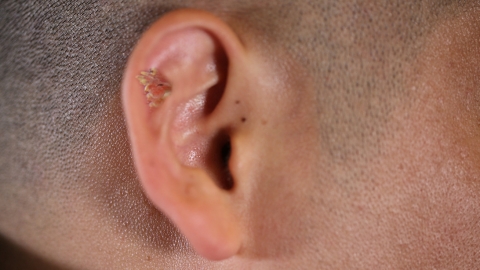Do filiform warts cause genital warts?
Generally, filiform warts do not directly cause genital warts; however, both are caused by human papillomavirus (HPV) infection and thus have an indirect association. If concerned, it is advisable to seek medical consultation in advance. Detailed analysis is as follows:

Filiform warts are mostly caused by low-risk HPV types (such as type 1, type 2, etc.). They commonly occur on areas such as the neck and eyelids, presenting as soft, filamentous projections. These warts are weakly contagious and generally do not cause genital warts. Genital warts, on the other hand, are caused by high-risk or intermediate-risk HPV types (such as type 6, type 11, etc.). They commonly develop in the genital and anal regions and are classified as sexually transmitted diseases, caused by different pathogenic HPV subtypes than those responsible for filiform warts.
However, if the body is infected with filiform warts and the immune system remains compromised for a prolonged period, it may increase the risk of infection with other HPV subtypes, thereby indirectly creating conditions favorable to the development of genital warts. Additionally, touching a filiform wart and then touching the genital area may lead to cross-transmission of the virus, although the probability is low, it still warrants caution.
After discovering a filiform wart, scratching should be avoided, and timely treatment at a formal hospital is recommended to reduce the risk of viral spread. If abnormal growths appear on the genital area, immediate medical consultation is necessary for accurate diagnosis and standardized treatment. Personal hygiene should also be maintained, avoiding any contact with unclean sources.







